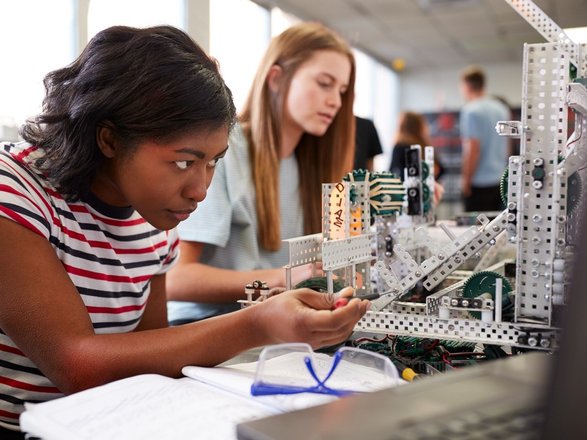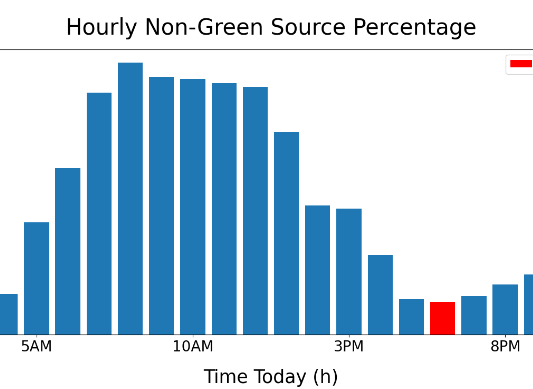If someone asked you to name a new technology, what would be the first thing that came to mind? More than likely Artificial Intelligence (AI) would be up there at the top of that list.
But Larry Fast, software engineer and Science World educator, says AI has actually been a big part of our lives longer than many of us realize. Even, he says, in things as ubiquitous as elevators.
“Elevators used to have an operator in there. Why? Because it's a very complex piece of equipment that has to be handled with care in order to make it work properly,” he says. “Today, we push a button, and the elevator’s brain figures out when it’s time to close the door, or open it if something is in the way.”
A more recent example he gives: the brakes in your car.
“It used to be that the brakes were going to do whatever you told them to do: If you slammed on the brakes, the car would skid or spin out,” Fast says. “Auto manufacturers incrementally added thinking to the braking system, so that now, when you slam on the brakes, dynamic braking systems make sure the tires get as much traction as they possibly can.”
That ability to interpret and act upon a situation is what’s given AI and its many subsets roles in everything from chatbots to environmental conservation.
But while AI may be middle-aged in terms of how long it’s been part of our lives, in terms of its ability to learn, Fast says the technology is not unlike a toddler.
AI, AI, AI!

How are women in Canada shaping AI?
Find out
How does artist & engineer Amineh Ahmadi Nejad use AI?

How can machine learning help you make smart energy choices?
Sign up for our workshop
Where has AI been playing a role for a significant amount of time?
“When you think of how a student in elementary school or above learns, you can often tell them something once and they’ll learn it. AIs don’t do that yet,” Fast says.
“You have to give them hundreds of examples, not unlike a toddler where you have to tell them over and over again to watch out for something like a step in a backyard, until one day, they’ll be able to leap off it and land without looking.”
That’s one of the reasons, Fast says, AI is bad at generating hands.
"AIs are currently trained to generate whole images so they often do a poor job on fine details like hands,” he says. “AIs will generate better hands when someone trains an AI to carefully generate well-formed hands.”
In other words, that will change as the technology continues to advance, as it has been for decades.
“One thing AI does well right now is summarize things like meeting notes, research papers or even a large collection of research,” Fast says.
That could mean it has broad applications for climate-related legislation and policy, he says, in terms of the types of technologies that are advanced or the way carbon is managed.
“AI could help legislators better understand complex issues and in an ideal world get unbiased data to guide climate-related policy and decisions,” he says.
Sepand Dyanatkar, co-founder and chief technology officer of OnDeck, a BC-based startup that uses AI to improve commercial fishing practices, says AI will be essential when it comes to mitigating the climate crisis because it makes possible global monitoring of the amount of greenhouse gas being emitted in one area, for example, or how much logging is happening in another.
“In the future, it’s going to be one of the best tools we have,” he says.
Curious for more science behind the technology of climate change?
Explore solutions for regenerating our planet on Change Reaction.